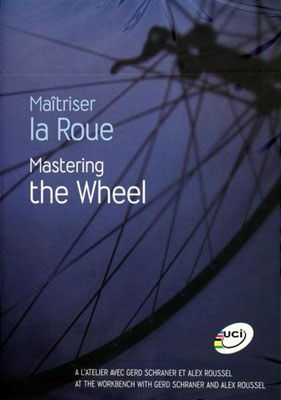In the realm of freshwater fishing, the pursuit of small eels, or "Xiaonixiu" in Chinese, can be both a challenging and rewarding endeavor. These agile creatures, known for their elusive nature, require a specific set of fishing techniques to capture successfully. Whether you are a seasoned angler or a beginner looking to hone your skills, this article will provide you with essential tips and tricks to master the art of catching small eels.
Understanding the Habitat
Small eels are commonly found in slow-moving streams, ponds, and ditches, where they thrive in muddy or sandy substrates. They are nocturnal creatures, meaning they are most active during the night. To be successful in catching small eels, it is crucial to understand their habitat and behavior.
Choosing the Right Equipment
Rod and Reel: For small eels, a light-action spinning rod paired with a small spinning reel is ideal. The rod should be flexible enough to handle the light line and the rod's length should be between 6 to 7 feet for better casting and maneuverability.
Line: Use a monofilament line with a thickness of 0.12 to 0.18 mm. The lighter the line, the less likely it is to spook the eels.
Hook: A small, sharp hook, such as a size 6 or 8, is sufficient for small eels. The hook should be baited with live bait or artificial lures that mimic the natural prey of small eels.
Bait: Live bait, such as worms, minnows, or small fish, is highly effective for attracting small eels. Artificial lures that resemble these baits can also be used.
Fishing Techniques
Timing: The best time to fish for small eels is during the night or just before dawn when they are most active. Fish during these times to increase your chances of success.
Location: Choose a location with a good population of small eels. Look for areas with a muddy or sandy bottom, as these substrates are preferred by eels.
Casting: Cast your line into the water and let it sink to the bottom. Gently twitch the rod tip to mimic the movement of a struggling baitfish, which can attract the attention of small eels.
Patience: Small eels are cautious and may take some time to approach your bait. Be patient and wait for them to take the bait before setting the hook.

Setting the Hook: When you feel a gentle tug on the line, set the hook gently but firmly. Small eels can be quite strong, so be prepared for a fight.
Reeling In: Once you have a small eel on the line, reel it in slowly and carefully. These eels are agile and can quickly escape if you're not careful.
Safety and Conservation
Always practice safe fishing techniques to avoid injury to yourself and the environment. Here are a few tips:
Wear appropriate footwear: When wading through water, wear sturdy shoes or boots to prevent slipping and injury.
Respect the environment: Be mindful of your surroundings and avoid disturbing the natural habitat of small eels.
Release responsibly: If you decide not to keep a small eel, release it back into the water carefully to ensure its survival.
In conclusion, catching small eels requires patience, the right equipment, and a good understanding of their behavior. By following these essential fishing techniques, you'll be well on your way to becoming a master of the art of catching small eels. Happy fishing!












